Of the Good Heinrich is to be assigned to the genus Blitum and the foxtail family and corresponds to a plant up to 80 centimeters high, which is also known as wild spinach. The plant was widespread in the Middle Ages and was used medicinally because of its vitamins and minerals. Since the Good Heinrich is now under species protection, its importance for medicine has declined.
Occurrence & cultivation of Good Heinrichs
Of the Good Heinrich is also known as Green Heinrich denotes and corresponds to wild spinach. The plant species belongs to the genus Blitum and is of the foxtail family or Amaranthaceae attributable. In earlier times, the Gute Heinrich was considered a plant from the genus goosefoot and was treated as a goosefoot plant.The plant probably got its name based on the legend of the leper Heinrich. Possibly the old high German name of the plant was also “Heimrich”, whereby “Heim” would mean “Hofstatt” and “rich” would mean “easily edible” or “often”. The wild spinach grows as a perennial herbaceous plant with heights between ten and 80 centimeters.
The ascending upright, unbranched stems and the inconspicuous smell of the plant are considered characteristic. The root of the hemikryptophytischen Pleiokormstaude is more than one centimeter thick, fleshy, multi-headed. Good Heinrich is in full bloom between June and October, although its flowers are rather inconspicuous. Its main distribution area is in Central Europe, from where it was naturalized in the British Isles and in western France.
In the north the plant is widespread to southern Scandinavia and east to Russia. In the Mediterranean region it only grows in the mountains. Loamy soils and moderate sun to partial shade are a suitable environment for wild spinach. Due to urbanization, the occurrence of Good Heinrich has decreased. In Germany the plant is considered endangered and is on the red list of endangered species.
Effect & application
Good Heinrich has numerous uses as a wild vegetable and food crop. Young plants that have not yet bloomed are used in a similar way to conventional spinach, although older leaves can sometimes taste bitter. Long shoots of wild spinach can be prepared in the form of asparagus. In the Balkans, the pounding of the rhizomes is widespread, through which a peanut butter-like confection can be made.
The flowers of the plant can be used and sautéed in a similar way to broccoli. Ground seeds from Good Heinrich are sometimes used as a flour additive when baking bread. Because of its ingredients, Gute Heinrich is also relevant to health. The plant is valued as a medicinal plant because of its high iron and vitamin C content. It also contains saponins and oxalic acid.
In the distant past, the good Heinrich was used as a medicine. In the Middle Ages, pads and poultices were soaked in tea made from the plant leaves to heal skin wounds and relieve rashes. In addition, the wild spinach was used as a worm infection in the sense of an anthelmintic.
When the gastrointestinal tract was troubled, the seeds of Good Heinrich were given as they are a weak laxative. Because of its high iron content, Gute Heinrich was also used as a medicine for anemia. The iron should help the formation of new blood.
In the Middle Ages, the consumption of wild spinach was just as widespread as it is today, due to the high prevalence and health importance of the plant. The leaves before flowering and the seeds, more rarely the flowers of the plant, are used medicinally and for consumption purposes. As a rule, only absolutely fresh plants are used. In addition to the areas of application described, a dye was obtained from Gutem Heinrich in order to dye fabrics with green dye.
Importance for health, treatment & prevention
The medical importance of Good Heinrich was high in the Middle Ages. Children were given the plant to prevent constipation, and wounds or rashes were healed by compressing them with ingredients from the plant. Since medieval people were well aware of the minerals and vitamins in the plant, regular consumption of wild spinach also had a preventive function in relation to malnutrition.
In modern medicine, Good Heinrich has hardly any significance. This is mainly due to the dwindling population. Since the plant is under species protection in Germany, it is not allowed to harvest wild growth. So if you want to benefit from Guten Heinrich, you have to grow the plant yourself. The sowing should ideally take place in spring. A place in partial shade on loamy soil is ideal for the plant.
There are enough medicines in modern medicine to treat indigestion, worm infections and to heal rashes, but treatment with Gutem Heinrich is a much gentler treatment method compared to it. That is why this alternative still makes sense, especially for older people and children. However, unlike in the Middle Ages, consuming Guten Heinrich in anemia should not be the only treatment method today.
Although consuming the plant cannot do any harm in anemia, a person with anemia should not rely solely on this alternative to guilty medicine. The full use of all conventional medical options is recommended for all serious illnesses. Since anemia can have completely different origins, the origin of this disease must first be clarified in order to find a successful treatment option.
Anemia can only be cured if the primary cause can be treated. Good Heinrich does not help against anemia of any origin. Due to its ingredients, however, it can improve the general constitution of patients.

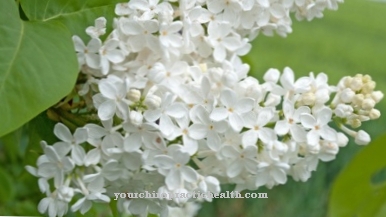
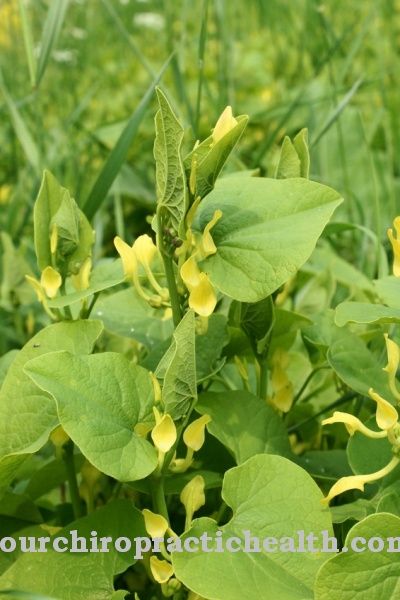
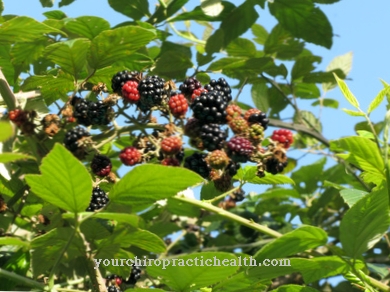
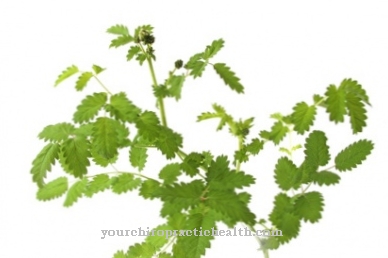
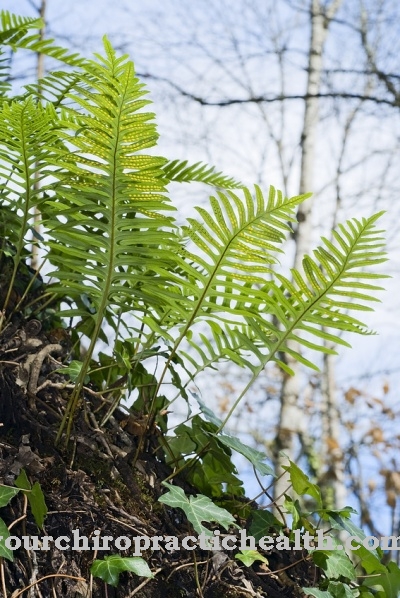

















.jpg)



